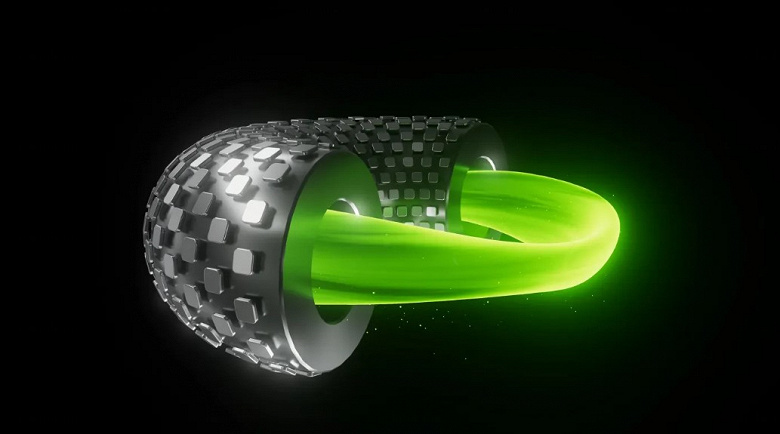Thea Energy overcomes barriers to commercialization of fusion energy and strives to compete with renewable energy sources
Startup Thea Energy is aiming to create an innovative fusion power plant using an approach that combines aspects of two main methods of plasma confinement: inertial and magnetic. The main task of engineers is to achieve reliable and stable plasma operation, which is a key point for successful operation.
Inertial plasma confinement is based on the use of lasers that evaporate a fuel pellet and create the necessary conditions for a thermonuclear reaction. This method gained popularity in late 2022 when it was convincingly shown that this is not science fiction, but real technology.
Magnetic plasma confinement, in turn, is based on the use of powerful magnetic fields to contain burning plasma inside the reactor. High-temperature superconductors are used to create suitable magnetic fields. They create magnetic fields of various shapes, the most common designs being tokamaks and stellarators.
Tokamaks — These are donut-shaped structures that are widely used in large reactors. They require high precision magnet manufacturing to ensure stable plasma confinement and maintain it at the required temperature. Stellarators — These are more complex designs that offer some advantages in plasma stabilization, but require even more precise magnet manufacturing. They are created with deliberately deformed magnetic fields, and the process of making each magnet requires a large amount of engineering and manufacturing know-how, which increases production costs.
Thea Energy decided to build a stellarator, but wanted to avoid the complexity and expense of creating complex magnetic fields. Instead, they used an approach developed at the Princeton Plasma Physics Laboratory. They equipped the donut-shaped reactor with an array of high-temperature superconducting magnets, each controlled by software.
The software controls the expansion and contraction of the magnetic fields of the various magnets in the array, allowing the plasma to behave as if it were inside a complex stellarator. This approach avoids the complex and expensive manufacturing processes of the complex magnets required for stellarators.
Creating such a system is a complex technical process, but the Thea Energy team says it is up to the challenge. As Brian Berzin, co-founder and CEO of Thea Energy, noted, their approach can be compared to a flat coil with a computer display, where each magnet — it is a pixel controlled by software. Creating a stellarator shape with its inherent stability makes it possible to use conventional control computers, without the need for exotic systems.
Thea Energy used a modular approach to develop the system, which allows for faster development and testing of the system. The company currently produces full-scale magnets in its Jersey City laboratory. This is comparable to the process of assembling magnets for the 64-foot ITER tokamak in France. However, thanks to its modular approach, Thea Energy can test individual magnets and small arrays that simulate the final design. This approach greatly simplifies the development process and allows for early testing.
The development of thermonuclear energy will require enormous efforts and financial investments. However, Thea Energy team is confident in the potential of its approach and continues to attract investment to further develop the project. The startup recently raised $20,000,000 in Series A funding. The round included participation from Prelude Ventures, 11.2 Capital, Anglo American, Hitachi Ventures, Lowercarbon Capital, Mercator Partners, Orion Industrial Ventures, and Starlight Ventures.
Thea Energy plans to build a pilot reactor in the coming years and develop a 350-megawatt demonstration power plant in the 2030s. The company aims to achieve a electricity production price of $50 per megawatt-hour by the time the commercial proposal is implemented. This is in line with the current cost of solar power with battery, the company said. At the same time, the proposed price will be slightly higher than the cost of a gas combined cycle power plant and slightly lower than the cost of a coal power plant. Thus, if Thea Energy can achieve its goals, it will offer a competitive solution.
However, like all startups in the field of fusion energy, Thea Energy faces the same challenge: the complexity of mastering this technology is so high that no one has yet succeeded in its commercial implementation. So we have to think about how to reduce costs so that fusion power reactors can compete with renewable energy sources and batteries, the prices of which continue to fall.

